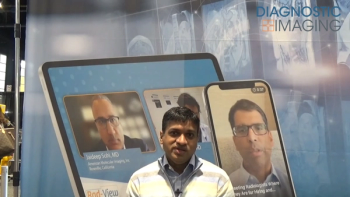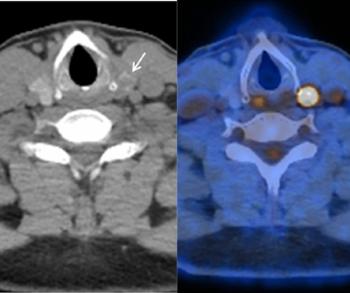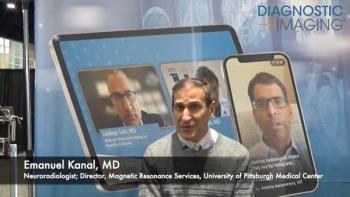
New system addresses ‘wet reads’ in age of PACS
Effective, efficient communication regarding urgent or emergent studies has been a problem in a wired radiology setting. A new way has been found to facilitate this communication.
Effective, efficient communication regarding urgent or emergent studies has been a problem in a wired radiology setting. A new way has been found to facilitate this communication.
Researchers at the University of Pittsburgh Medical Center (UPMC) have developed the Collaborative Notification System (CNS). The technique is used to inform referring clinicians of urgent findings, or wet reads.
CNS uses a system of Web pages integrated into PACS for sending and receiving succinct messages to provide clinical information at the point of need.
PACS has made communications among clinicians, technologists, and radiologists more complex. Radiologists are often removed from the physical location of the patient and the site of imaging.
"Efficient communication of study interpretations has become a priority for radiologists as they struggle to maintain relevance and provide added value to patient care when PACS has already given clinicians access to images," said former UPMC resident Dr. Jonathan Mates, now a Kaiser Permanente radiologist in Walnut Creek, CA.
CNS is an asynchronous communications tool designed to support reporting of urgent findings in a geographically distributed environment. It consists of a PACS-integrated Web-based application that opens automatically for appropriate studies, allowing clinicians and radiologists to input interpretations into a text box. The technique was documented in a recent paper (J Digit Imaging 2006 Dec. 27 [Epub ahead of print]).
Mates admits that some of the advantages of CNS are lost on institutions that rely on full-time dedicated emergency department radiologists, who have less need for discordance adjudication or offsite coverage.
"Nevertheless, improved communication and efficiency that are available from an asynchronous communication model can provide benefit in any radiology department," Mates said.
In an academic environment, for example, CNS can reveal patterns of discordance, illuminating potential gaps in resident education.
"Links to cases in PACS provide a means for creating a digital teaching file of missed cases, which can be presented during resident conferences," he said.
Also, data on frequency, types, and nature of discordances or lack thereof can be mined for information on individual readers and clinicians to support various research endeavors, Mates said.
One potential flaw is that the radiologist rendering the final interpretation must provide adjudication of the preliminary report, according to Mates.
"This represents an additional workflow step, compared with the traditional approach of doing nothing when the preliminary and final interpretations are in agreement," he said.
UPMC found, however, that attending radiologists recognize the benefits of completing the communications loop. They also appreciate the reduction in interrupting phone calls when the preliminary report is formally confirmed.
Newsletter
Stay at the forefront of radiology with the Diagnostic Imaging newsletter, delivering the latest news, clinical insights, and imaging advancements for today’s radiologists.



























